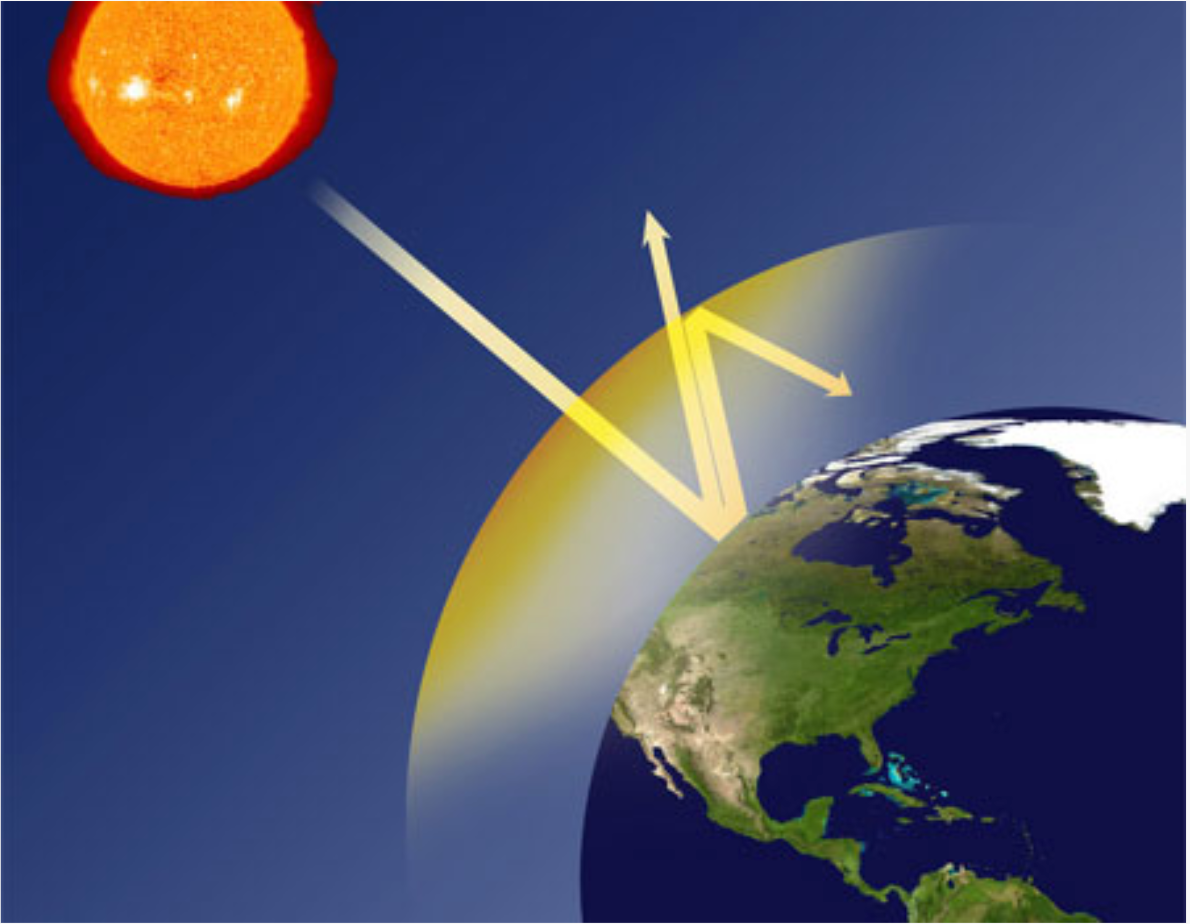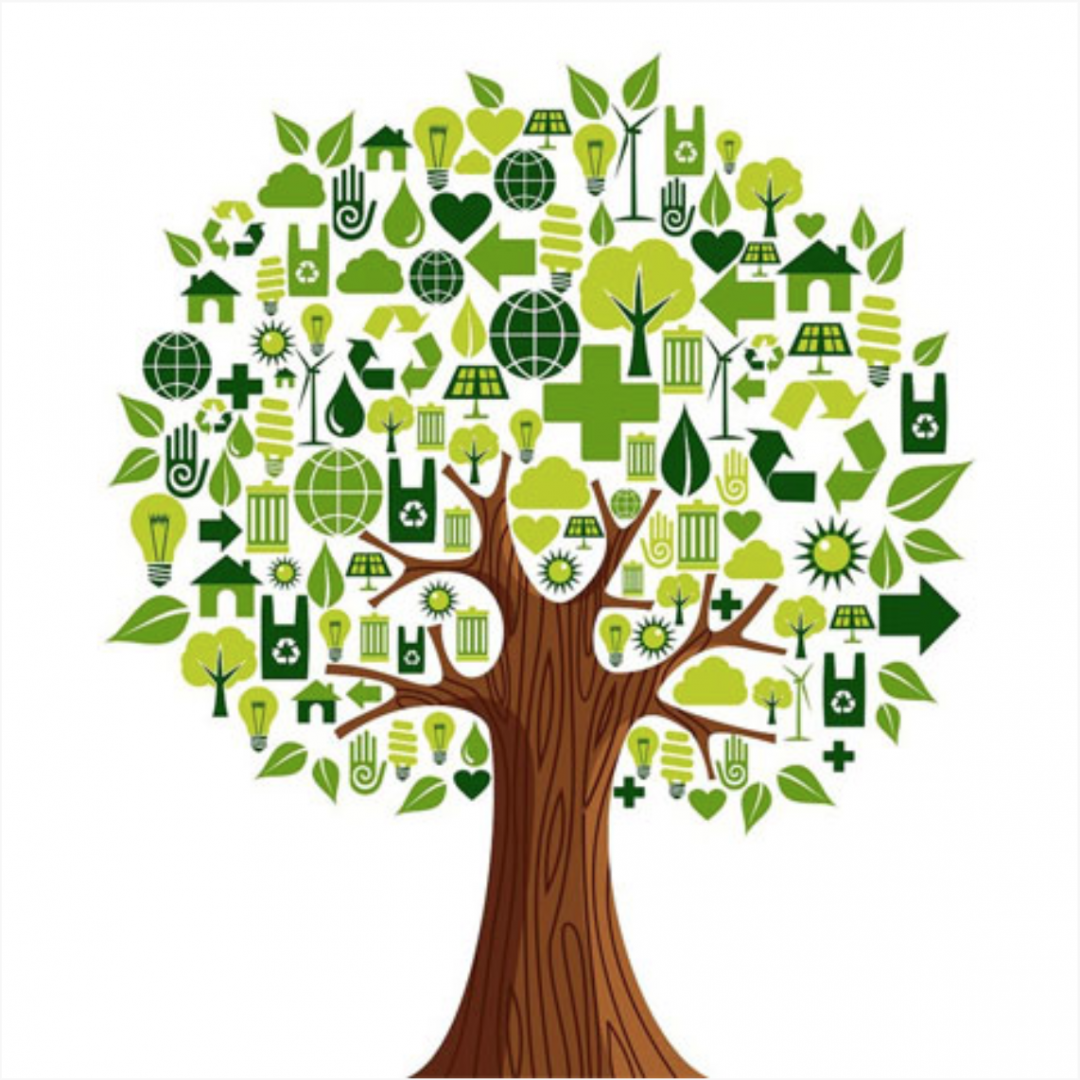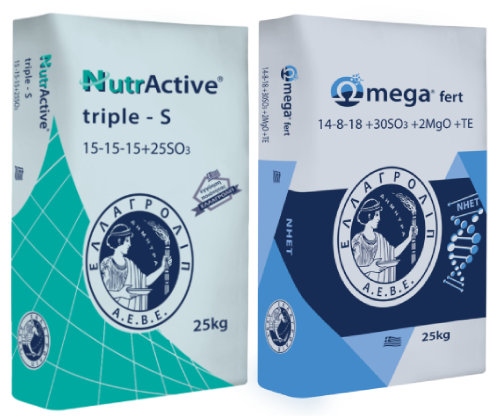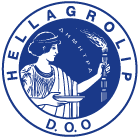- +30 213 003 7600
- +30 213 003 7600
- info@hellagrolip.rs


For the past few years, the term greenhouse effect has been linked to an increase of the average temperature of the Earth’s surface, which leads to climate change.
The planet gets gradually warmer, the sea level keeps rising due to the polar ice caps melting, and extreme weather phenomena become more and more common in various areas.
These changes have grave consequences on the integrity of ecosystems, weather resources, availability of food, industry, crops, transports, and infrastructure.
Human activity exacerbates the greenhouse effect, contributes to an increased concentration of greenhouse gases in the atmosphere, and is the main source of this gradual climate change.
Greenhouse gases are gases in the atmosphere which, due to their particular characteristics, absorb and emit radiation in the earth’s atmosphere, warming the Earth’s surface.
In an effort to put an end to global warming, the majority of the developed countries have agreed to take measures in order to reduce their emissions of greenhouse gases.
One of the most significant measures is reducing the Carbon footprint of products.

The carbon footprint is the total amount of greenhouse gases, as a commensurable quantity of carbon dioxide, emitted during the life cycle of a product or caused by a given population or system or activity.
Based on the above definition, the carbon footprint of a fertilizer is tantamount to the carbon dioxide emitted during the production of one ton of fertilizer. It is an international term, and an accurate and useful indicator of the effect fertilizers have on climate change. The smaller the carbon footprint, the less harm is caused by the fertilizer to the environment.
The carbon footprint is a powerful “tool” so as to understand and reduce the effects each product used by people has on the phenomenon of global warming.
The need to protect the environment and people’s awareness of climate change have resulted in a new, strong demand for production processes with lower emissions of greenhouse gases.
The products made by a company, which calculates and then takes action to reduce the carbon footprint, include a series of benefits for both the company and the consumer.

Measuring and recording greenhouse gas emissions and calculating the carbon footprint of a product allows a consumer to:

Hellagrolip has developed techniques which reduce the emitted quantity of carbon dioxide during the production of its fertilizers, reducing the carbon footprint of each individual product.
All the Nitrogen and compound fertilizers produced by Hellagrolip have a significantly lower footprint to the European average, while many of its products are among the fertilizers with the lowest carbon footprint in Europe.
Thus, Hellagrolip SA brings added quality to its products, ensures multiple benefits for agriculture and the environment, and gives a significant advantage to any person using its fertilizers.
In this way, Dekagro gives added value to its products and ensures multiple benefits for agriculture and the environment.

For the past few years, the term greenhouse effect has been linked to an increase of the average temperature of the Earth’s surface, which leads to climate change.
The planet gets gradually warmer, the sea level keeps rising due to the polar ice caps melting, and extreme weather phenomena become more and more common in various areas.
These changes have grave consequences on the integrity of ecosystems, weather resources, availability of food, industry, crops, transports, and infrastructure.
Human activity exacerbates the greenhouse effect, contributes to an increased concentration of greenhouse gases in the atmosphere, and is the main source of this gradual climate change.
Greenhouse gases are gases in the atmosphere which, due to their particular characteristics, absorb and emit radiation in the earth’s atmosphere, warming the Earth’s surface.
In an effort to put an end to global warming, the majority of the developed countries have agreed to take measures in order to reduce their emissions of greenhouse gases.
One of the most significant measures is reducing the Carbon footprint of products.

The carbon footprint is the total amount of greenhouse gases, as a commensurable quantity of carbon dioxide, emitted during the life cycle of a product or caused by a given population or system or activity.
Based on the above definition, the carbon footprint of a fertilizer is tantamount to the carbon dioxide emitted during the production of one ton of fertilizer. It is an international term, and an accurate and useful indicator of the effect fertilizers have on climate change. The smaller the carbon footprint, the less harm is caused by the fertilizer to the environment.
The carbon footprint is a powerful “tool” so as to understand and reduce the effects each product used by people has on the phenomenon of global warming.
The need to protect the environment and people’s awareness of climate change have resulted in a new, strong demand for production processes with lower emissions of greenhouse gases.
The products made by a company, which calculates and then takes action to reduce the carbon footprint, include a series of benefits for both the company and the consumer.

Measuring and recording greenhouse gas emissions and calculating the carbon footprint of a product allows a consumer to:

Hellagrolip has developed techniques which reduce the emitted quantity of carbon dioxide during the production of its fertilizers, reducing the carbon footprint of each individual product.
All the Nitrogen and compound fertilizers produced by Hellagrolip have a significantly lower footprint to the European average, while many of its products are among the fertilizers with the lowest carbon footprint in Europe.
Thus, Hellagrolip SA brings added quality to its products, ensures multiple benefits for agriculture and the environment, and gives a significant advantage to any person using its fertilizers.
In this way, Dekagro gives added value to its products and ensures multiple benefits for agriculture and the environment.
